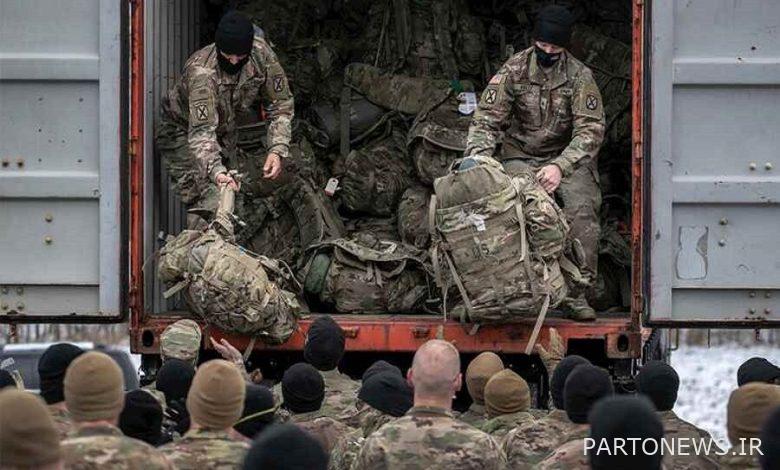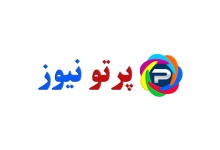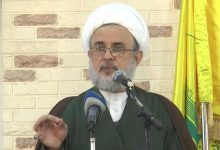Reasons for US military defeat in the Middle East

“Why has US military intervention in the Middle East failed?” He wrote: The failure of US military intervention in the Middle East does not need reason and argument. This is an issue that many American political circles have acknowledged. For example, Ben Rhodes, US Deputy National Security Adviser during Barack Obama’s presidency, wrote in Foreign Affairs that if the United States had not intervened militarily in Libya, Iraq, Afghanistan and Somalia, the situation in those countries would have changed. It was better.
The UAE think tank has studied the causes of the failure of US military intervention in the Middle East over the past two decades. They believed that the spread of theories such as “creative chaos” as a principle for rebuilding governments based on Western principles and values could succeed in the Middle East. But all experiments in this field failed. Many of these experiences backfired, plunging these countries into a quagmire of turmoil, chaos, unrest, sectarian, religious, and tribal divisions, and disintegrating the concept of government altogether. The United States in its approach to building democracy and market-oriented economy and free trade, etc. influential components in these countries and the common customs of countries in the region and their impact on the plans established by American politicians in Did not comment. The United States, for example, expected Libya to transfer power soon, and the oil-rich country would become a pro-Western country and a consumer market for Western arms companies. Instead, it turned into a security nightmare in Libya, which became a hotbed for terrorist groups and the transfer of weapons to terrorists across the African coast.
According to the Emirati think tank, another reason for the failure of the United States is that it spent a small amount of money on development and state-building in these countries, which chanted the slogan of rebuilding and establishing democracy in these countries. Reports, for example, show that US military spending has exceeded $ 1 trillion, but it has spent only $ 130 billion on government and development. Meanwhile, a large portion of US military spending was spent on US military needs.
The lack of a long-term strategic vision has contributed to the failure of the United States, according to the Center for Advanced Research and Advanced Studies. In the beginning, American commanders and leaders pushed for state-building, democracy, and a culture of human rights and Western values in those countries. However, in his speech after the US withdrawal from Afghanistan, US President Jubaiden said that the US goal was not to establish a government in Afghanistan, but to go to the country to fight terrorism.
According to the report, this strategic turmoil has harmed US interests, undermined confidence in the country, played a role in creating weak and fragile regions and countries, and increased the presence of terrorism.
“Washington has ignored its regional allies in formulating its policies on the Middle East,” said part of a report by the Center for Advanced Research and Advanced Studies. The country has also pursued a dual policy in dealing with terrorist groups. Confidence in the United States has diminished among its allies. The United States suffers from a rift between slogan and action, and this has led to the distrust of US allies in the Middle East to Washington. The complex state of US foreign policy in the Middle East in recent years has led to the lack of support for these policies by countries in the region. When former President Donald Trump hailed former presidents’ decision to send troops to the Middle East as the country’s biggest mistake in history, confidence in US power to maintain its position and influence in the Middle East quickly waned.
The Independent Center for Advanced Research and Development claims to be an independent think tank established in 2013 in Abu Dhabi, UAE, with the aim of collaborating in depth in public dialogue and providing scientific support for decision-making. The organizational structure of this think tank consists of “Administrative Council”, “Public Administration”, “Academy Management”, “Administrative and Financial Officers”, “Main Program Officers” and “Coordinators of Scientific Activities”, each of which has a specific mission. Are in charge. The think tank publishes reports on a page entitled “Al-Taqdiraat” (speculations), some of which deal with regional issues related to Iran, and in these reports usually follow anti-Iranian orientations.
** The publication of this media analysis does not imply endorsement of its content
.

